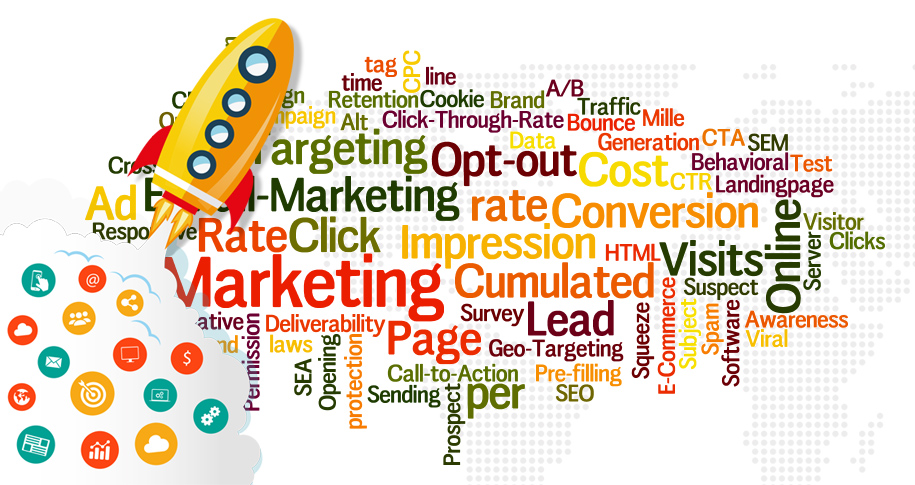What Is Conversion Rate?
Conversion rate is the percentage of visitors or users who take a desired action on a website, landing page, or within an app. This action can vary depending on the goals of the business or campaign, such as making a purchase, signing up for a newsletter, downloading an app, or filling out a contact form. Conversion rate is one of the most important metrics in digital marketing and ecommerce because it indicates how effectively a website or campaign is driving the desired results.
Why Is Conversion Rate Important?
- Measures Campaign Effectiveness
Conversion rate is a clear indicator of how successful a marketing campaign or website is in encouraging visitors to take the desired actions. A higher conversion rate means the campaign is performing well and engaging the audience effectively. - Optimizes Marketing Efforts
By tracking and analyzing conversion rates, businesses can understand which aspects of their website or campaign are working well and which need improvement. Optimizing elements like the user experience, calls-to-action (CTAs), and messaging can improve conversion rates. - Boosts Revenue
An increase in conversion rate directly correlates with higher revenue, particularly for e-commerce sites. A higher percentage of website visitors who convert into customers means more sales without needing to increase traffic, making it a highly cost-effective way to grow revenue. - Reduces Customer Acquisition Costs
If you can improve your conversion rate, you don’t need to spend as much on acquiring new traffic. A higher conversion rate means you are getting more value from your existing visitors, which helps reduce the cost per acquisition (CPA) and improve overall profitability. - Provides Insights for User Experience (UX) Improvement
Conversion rate tracking can highlight potential issues with your website’s design or user journey. If you notice low conversion rates, you can analyze the process to pinpoint where visitors are dropping off and make adjustments to improve the user experience.
How to Calculate Conversion Rate
Conversion rate is calculated by dividing the number of conversions by the total number of visitors and multiplying by 100 to get the percentage.
Formula:
Conversion Rate = (Conversions / Total Visitors) × 100
Example:
If 200 out of 10,000 visitors made a purchase on your website, the conversion rate would be:
(200 / 10,000) × 100 = 2% conversion rate.
Types of Conversions
Conversions can vary depending on the specific goals of a business or campaign. Here are some common examples of conversions:
- Purchase
The most common conversion for an e-commerce website is a sale. This occurs when a visitor completes a transaction and buys a product or service. - Lead Generation
In lead-generation campaigns, conversions occur when a visitor fills out a form to download a resource, request a demo, or get in touch with a sales representative. - Sign-Up or Subscription
If the goal is to get users to subscribe to a service, sign up for a newsletter, or register for an account, conversions are counted when a visitor completes the sign-up process. - Downloads
Conversion can also refer to the number of visitors who download an app, software, or resource like an eBook or whitepaper. - Engagement
In some cases, conversions can refer to actions that indicate engagement, such as clicking a CTA button, watching a video, or spending a certain amount of time on a page.
Ways to Improve Conversion Rate
- Optimize Your Website Design
Ensure that your website is easy to navigate, visually appealing, and mobile-friendly. A clean, intuitive design encourages users to stay longer and take action. - Enhance User Experience (UX)
A seamless user experience is key to driving conversions. Reduce friction by simplifying the conversion process, such as minimizing form fields, providing clear instructions, and making CTAs easily accessible. - Use Clear and Compelling CTAs
Your calls-to-action should be visible, concise, and persuasive. Use action-oriented language like “Buy Now,” “Download for Free,” or “Get Started” to encourage visitors to click. - A/B Testing
Test different versions of landing pages, CTAs, headlines, or offers to see which ones result in better conversion rates. A/B testing allows you to optimize your website based on real user behavior. - Build Trust and Credibility
Customers are more likely to convert if they trust your brand. Display customer reviews, testimonials, trust badges, or secure payment symbols to build credibility and reassure visitors that their information is safe. - Reduce Cart Abandonment
For e-commerce sites, cart abandonment is a major issue that can negatively impact conversion rates. Offer free shipping, discounts, or reminders to encourage users to complete their purchases. - Use Personalized Content
Personalizing the user experience based on visitor behavior, location, or preferences can increase conversion rates. Personalized product recommendations, email content, and landing pages improve engagement and drive conversions. - Improve Website Speed
Slow-loading websites can lead to high bounce rates and low conversion rates. Ensure that your website is optimized for fast loading times, as users are more likely to abandon a site that takes too long to load.
Challenges with Conversion Rate
- Identifying Conversion Barriers
It can be difficult to pinpoint the exact reason why visitors are not converting. You may need to rely on tools like heatmaps, user testing, and analytics to identify pain points in the conversion process. - Different Goals for Different Audiences
Conversion goals may differ depending on the audience segment. For example, a visitor who just learned about your brand may not be ready to make a purchase but could be more inclined to sign up for your newsletter. - Competition and Pricing Pressure
Sometimes, external factors such as competition or price sensitivity can hinder conversion rates. Offering competitive pricing, unique value propositions, or exclusive deals can help overcome these barriers.
